Take Control of Your Well Water with DIY Solutions
Introduction
Importance of Well Water Filtration
“Water is the elixir of life,” a precious resource that sustains our very existence. Yet, for many who rely on well water, the purity of their water source remains a concern. Well water, while often a more economical and environmentally friendly option than municipal water, can harbor a myriad of contaminants that pose health risks.
Benefits of DIY Filtration Systems
Taking control of your well water quality is not just a matter of convenience; it’s an investment in your health and well-being. DIY well water filtration systems offer numerous benefits:
- Cost-effective: DIY systems can significantly reduce the cost of water filtration compared to professional installation.
- Customization: You can tailor your filtration system to address the specific contaminants present in your well water.
- Peace of mind: Knowing that your water is clean and safe brings peace of mind and a sense of self-sufficiency.
Types of Well Water Contaminants
Each contaminant found in well water poses unique health risks. Here’s a closer look:
- Bacteria: These tiny organisms can cause a range of illnesses, from mild stomach upsets to life-threatening infections. 🦠
- Chemicals: Industrial chemicals, pesticides, and fertilizers can leach into well water, potentially leading to cancer, reproductive problems, and other health issues. 🧪
- Metals: Heavy metals like lead, mercury, and arsenic can accumulate in the body over time, causing damage to the brain, kidneys, and other organs. 🔩
- Minerals: High levels of minerals like calcium and magnesium can make water taste bad and cause scale buildup in pipes. 💧
- Radiological contaminants: These contaminants, like uranium and radium, can increase the risk of cancer and other health problems. ☢️
Understanding Filtration Methods
Reverse osmosis (RO) systems utilize a semipermeable membrane to remove impurities from water. This membrane allows water molecules to pass through while blocking larger contaminants. RO systems are highly effective in removing a wide range of contaminants, including heavy metals, bacteria, and viruses.
The process of reverse osmosis involves applying pressure to force water through the membrane. The purified water is then collected on one side of the membrane, while the concentrated contaminants are flushed away on the other side. RO systems are typically more expensive than other DIY filtration methods, but they offer the highest level of purification.
DIY Filtration System Options
Reverse osmosis (RO) systems are the most effective type of DIY filtration system, removing up to 99% of contaminants. They work by forcing water through a semipermeable membrane, which traps contaminants on one side while allowing pure water to pass through. RO systems are ideal for removing heavy metals, pesticides, and other harmful substances.
However, RO systems are also more expensive and require more maintenance than other types of filtration systems. They also waste a significant amount of water during the filtration process. If you’re looking for the most effective filtration system, an RO system is a great option. But be prepared to pay more and do more maintenance.
Materials and Tools Required
Reverse osmosis (RO) systems are the most effective at removing a wide range of contaminants, including heavy metals, bacteria, and viruses. However, they require a higher initial investment and ongoing maintenance costs.
Materials:
- RO membrane
- Pressure tank
- Booster pump (optional)
- Sediment filter
- Carbon filter
- Housing for filters and membrane
- Tubing and fittings
Tools:
- Drill
- Screwdriver
- Wrench
- Pliers
- Tape measure
DIY WELL WATER FILTRATION SYSTEM ON YOUTUBE
Step-by-Step Instructions: Gravity-Fed System 💧
Crafting a gravity-fed filtration system is a breeze! 💨 Here’s how:
- Gather your materials: a clean bucket, a filter housing, a filter cartridge, and a spigot. 🚰
- Drill a hole in the bucket’s bottom and insert the spigot. 💧
- Place the filter housing on top of the bucket and secure it. 🔒
- Insert the filter cartridge into the housing. 💦
- Fill the bucket with contaminated water. 💧
- Gravity will pull the water through the filter cartridge, removing impurities. ✨
- Clean, filtered water flows out of the spigot, ready to quench your thirst! 🚰
Remember, gravity-fed systems rely on elevation to work, so place the bucket higher than the tap. ⬆️ It’s a simple yet effective way to purify your well water, giving you peace of mind with every sip. 😌
When your DIY well water filtration system isn’t performing as expected, don’t panic! Troubleshooting can help you pinpoint the problem and get your water flowing clean again. Here are some common issues and their potential solutions:
- Slow or no water flow: Check for blockages in the filter media or clogged pipes. Clean or replace the filter as needed.
- Cloudy water: This could indicate a problem with the filter media or a high level of contaminants. Replace the filter or adjust the filtration method.
- Bad taste or odor: This can be caused by bacteria or other contaminants. Clean or replace the filter and consider using a disinfectant.
- Leaks: Check for leaks in the system, especially around connections. Tighten any loose fittings or replace damaged components.
- Noisy operation: This could be caused by air trapped in the system or a loose pump. Bleed the air from the system or check the pump for proper operation.
Remember, regular maintenance and prompt troubleshooting will keep your DIY well water filtration system running smoothly and providing you with clean, safe water for years to come.
Testing and Monitoring 🧪
Importance of Regular Testing 🧐
Just like a doctor checks your health, your well water needs regular checkups too! Testing your water at least once a year is crucial to ensure it’s safe for drinking. This way, you can catch any sneaky contaminants that might be lurking and take action before they cause any harm.
Interpreting Test Results 📊
When you get your test results back, it’s like a puzzle you need to solve. Each contaminant has its own safe limit, and if your levels are above that, it’s time to adjust your filtration system. It’s like a game of whack-a-mole, but instead of moles, it’s contaminants!
Adjusting Your Filtration System 🔧
Once you know what contaminants are causing trouble, you can fine-tune your filtration system like a pro. It’s like customizing your water to your specific needs. Whether it’s adding a new filter or adjusting the settings, you’ll be the master of your water’s destiny.
Cost Considerations 💰
When embarking on a DIY well water filtration journey, it’s essential to consider the financial implications. The cost of your system will vary depending on the type you choose, the materials required, and the complexity of your setup.
Gravity-fed systems are typically the most budget-friendly option, while pressure-based and reverse osmosis systems tend to be more expensive. However, it’s important to remember that investing in a quality filtration system is an investment in your health and the well-being of your loved ones.
To help you make an informed decision, here’s a table comparing the estimated costs of different DIY filtration systems:
| Filtration System | Estimated Cost |
|---|---|
| Gravity-fed | $100-$300 |
| Pressure-based | $200-$500 |
| Reverse osmosis | $300-$1,000 |
While DIY systems can save you money compared to professional installation, it’s important to factor in the cost of materials, labor, and any potential maintenance or repairs. If you’re not confident in your DIY skills or have a complex water filtration need, it may be worth considering hiring a professional.
Conclusion
Embracing Self-Sufficiency and Clean Water
DIY well water filtration empowers us to take charge of our water quality, ensuring a clean and safe supply for our families. It’s like having a personal water purification plant right in our backyard, giving us peace of mind and control over what we drink.
Remember, clean water is the foundation of good health, and by investing in a DIY filtration system, we’re not only protecting ourselves but also future generations. It’s a small investment with a big impact, bringing us closer to self-sufficiency and a healthier, more fulfilling life.
STUDENT PROJECT: MAKE A WATER FILTER | NASA/JPL EDU
WATER FILTRATION SYSTEMS | FLORIDA DEPARTMENT OF ENVIRONMENTAL …
DRINKING WATER FILTRATION SYSTEM FOR HOME
DESIGNING A WATER FILTRATION SYSTEM
DIY WELL WATER FILTRATION SYSTEM
ALEXAPURE PRO WATER FILTRATION SYSTEM REVIEWS
DIY WATER FILTRATION SYSTEM

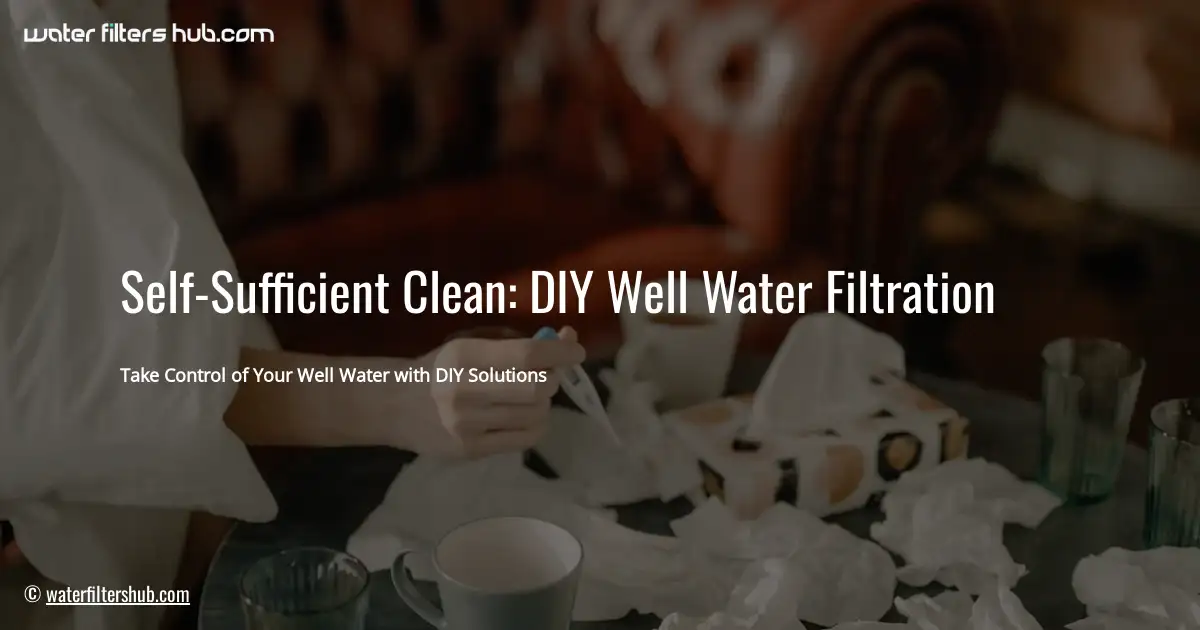
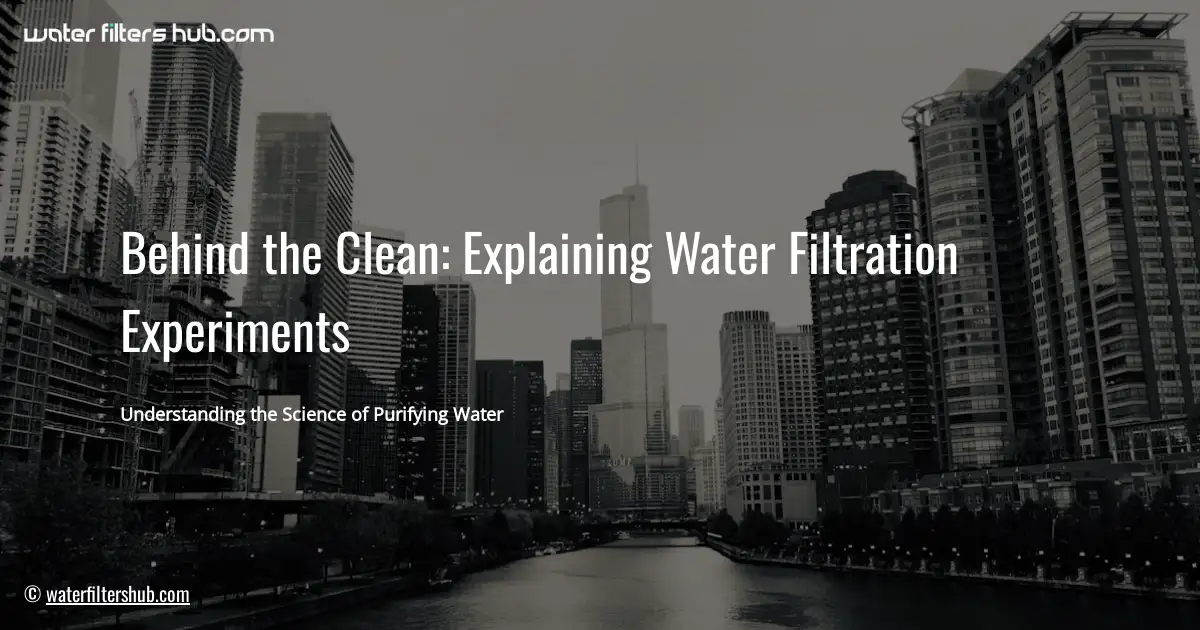
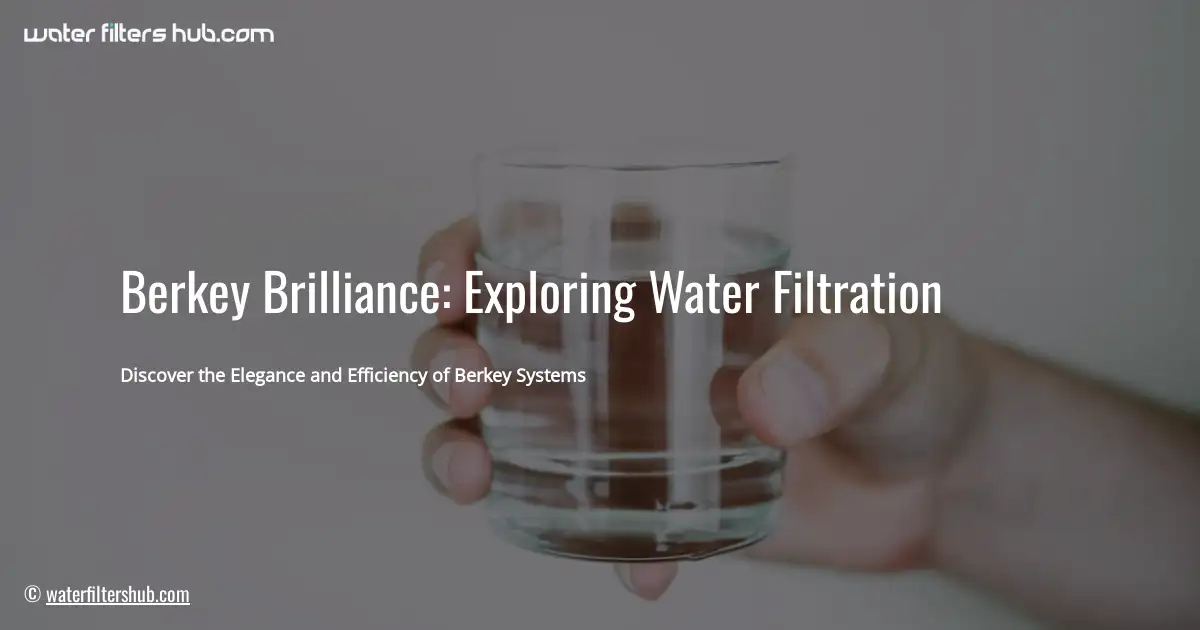
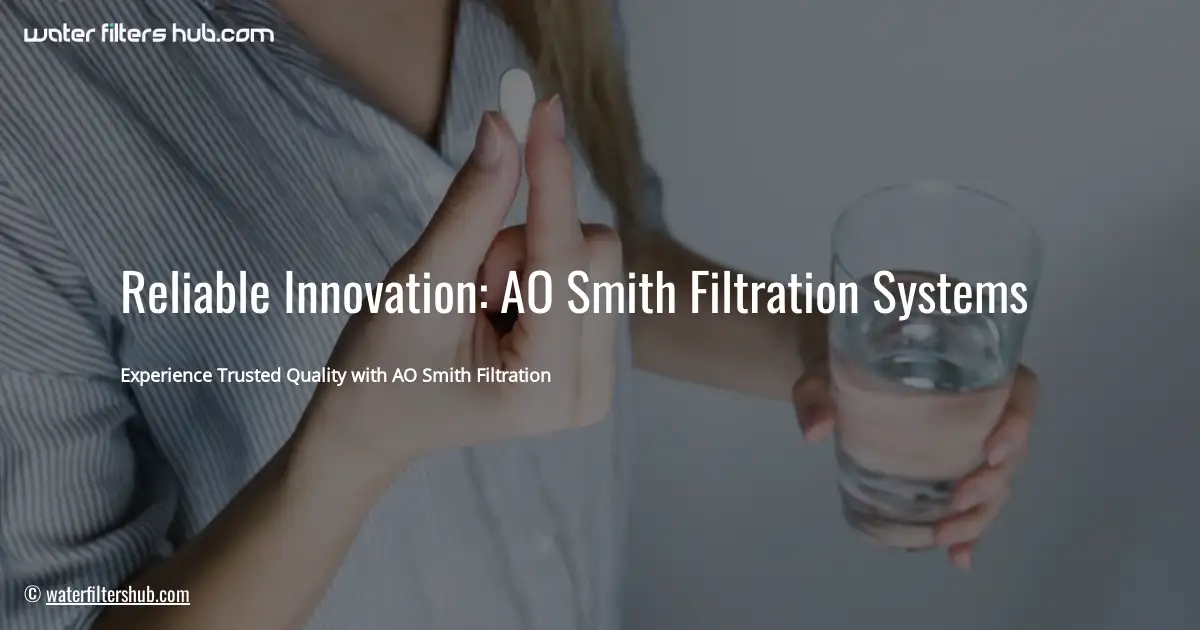

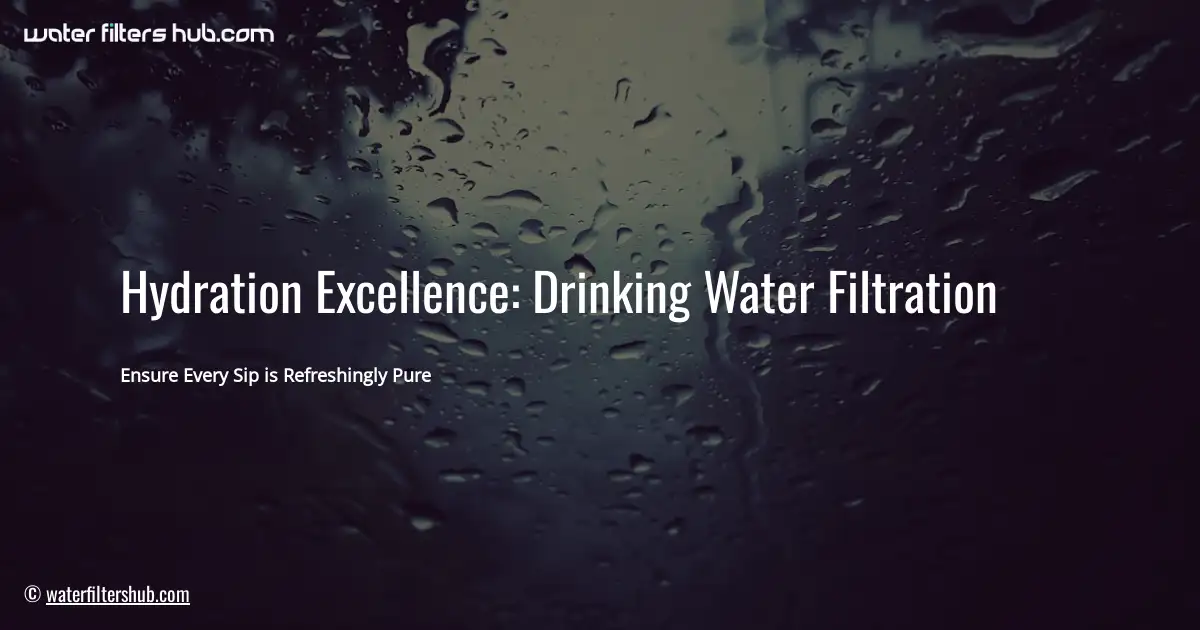
Leave a Reply